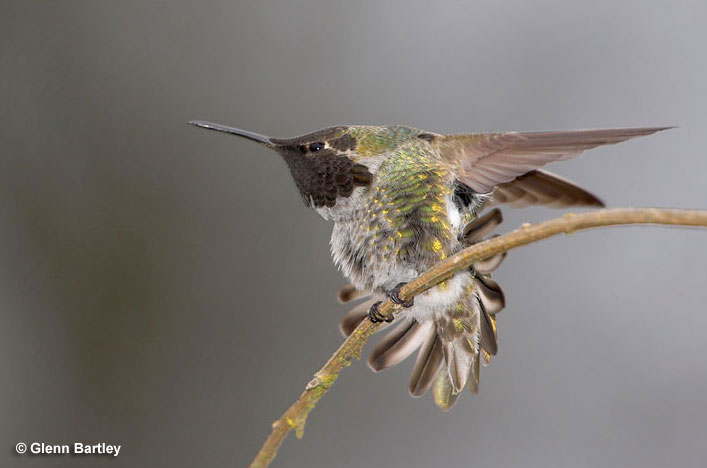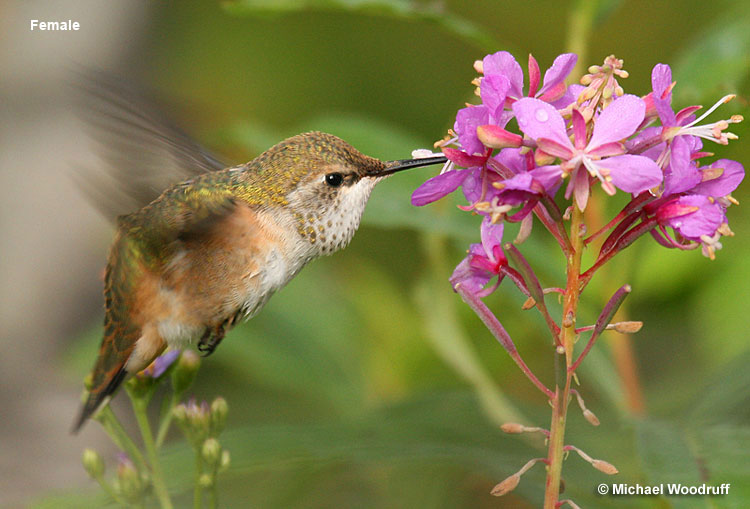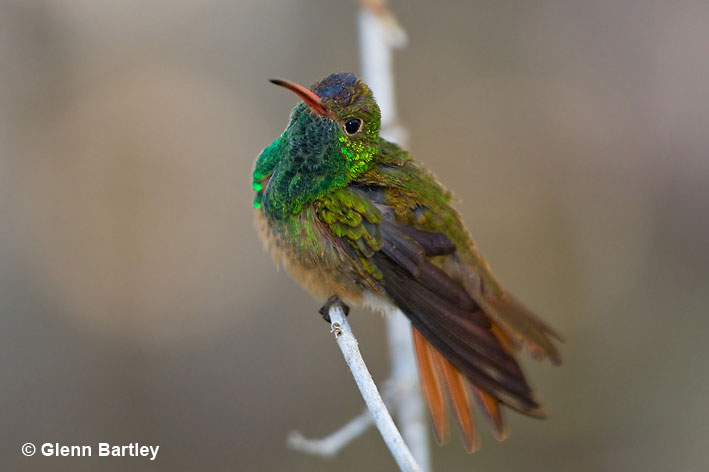
Hummingbirds are truly amazing birds. Tiny, glittering plumage, and pugnacious, they are just unreal!
In my backyard, I only see them during the spring and summer months. In some other places, we see them all year long. Where do these beautiful little birds go? Do they migrate? Hibernate? If so, where do they go?
See this article for answers to these questions and more about hummingbird migration!
On this page
Reasons Behind Migration
Some hummingbirds do indeed migrate. The most common hummingbird species in eastern North America, the Ruby-throated Hummingbird, is a long-distance migrant. It leaves its breeding grounds in fall and comes back in April and May.
This and other hummingbird species migrate for the same reasons as Baltimore Orioles, warblers, and other migrant birds. They have to leave their breeding grounds because they can’t survive the winter.
Freezing weather is too cold for hummingbirds and many other birds. Although they can survive temperatures that get as low as 60 or even 50 degrees, they just don’t have dense plumage and other adaptations for cold weather. Instead of developing those adaptations, hummingbirds and other migrant bird species evolved to migrate to warmer climates.

Colder weather and lack of food play the biggest role when it comes to migrating.
The other main reason why hummingbirds migrate is because they can’t find food in the winter months. None of the flowers they require for survival are in bloom during the winter. With that in mind, if they don’t migrate by a certain date, hummingbirds that breed in temperate climates quickly perish.
Although they can also catch some insects, most small flying bugs that they feed on also disappear by October. Once in a while, hummingbirds stay longer in places with cold climates, but only if they have access to hummingbird feeders.
Do All Hummingbirds Migrate?
Although most hummingbird species that breed in Canada and the USA migrate, hummingbirds that live in other places do not! There are literally hundreds of species of hummingbirds, but most live in tropical regions. Virtually none of the 300 species of hummingbirds that breed in the Caribbean, Mexico, and Central and South America migrate!
Related: Do hummingbirds form groups? (& collective names)
Since they have flowering plants and insects to feed on all year long, they don’t need to migrate. Although some tropical hummingbirds do make local seasonal movements to certain areas with more flowering plants, they mostly stay put.
One or two species that breed in Chile and southern Argentina might migrate to warmer places during the Austral winter, but the vast majority of hummingbird species are not migratory. In North America, only a few species are present all year long, or only migrate short distances.

Some hummingbirds living in warmer climates do not migrate
These non-migratory hummingbirds are the Buff-bellied Hummingbird of the lower Rio Grande Valley in Texas, the Anna’s Hummingbird, and the Costa’s Hummingbird. Even these latter two species make some migratory movements, but they don’t usually travel very far.
All other hummingbird species that breed in the USA and Canada migrate, some quite far! Even most of the Rivoli’s Hummingbird and other species that breed in Arizona move to warmer climates for the winter months.
Where Do Hummingbirds Migrate?
Hummingbirds can migrate for short distances or for literally thousands of miles! The species that breed the furthest north migrate the farthest. These are the Rufous Hummingbird, Calliope Hummingbird, and the Ruby-throated Hummingbird. Both the Rufous and the Calliope Hummingbirds migrate all the way to central and southern Mexico and then back north again!
Ruby-throated Hummingbirds also fly to southern Mexico but go even further. Many spend the winter in tropical dry forest habitats in Costa Rica, and some even winter in Panamanian gardens!
Allen’s Hummingbirds also migrate to central Mexico, and Black-chinned Hummingbirds migrate back and from gardens in the western USA to tropical edge habitats in western Mexico. The other main long-distance hummingbird migrant, the Broad-tailed Hummingbird, leaves the Rocky Mountains to winter in similar montane habitats in Mexico and Guatemala.
All the other migrant hummingbirds in North America migrate short distances to Mexico, but some also winter in some of the warmer states. For example, some Allen’s Hummingbirds migrate to southern California, southern Arizona, and northern Mexico.
Thanks to hummingbird feeders, some other hummingbirds have also learned to winter in Texas and Louisiana east to Florida! These species include the Rufous Hummingbird, Allen’s Hummingbird, Broad-tailed Hummingbird, and a few other hummingbirds.
See by species: Where do hummingbirds go in the winter?
When do hummingbirds migrate?
Since most places in North America are too cold for the little hummers, hummingbirds leave for winter. However, they do not get to rest for long. Some hummingbirds, such as Rufous Hummingbirds, can start their journeys early, around January. And even then, they might not reach their breeding grounds until May!
Generally speaking, you might start seeing hummingbirds in March. If you live in southern states, chances are, you might see different species passing by and replenishing their energy reserves at your feeders.
Once the summer ends, our little friends start flying back to their wintering grounds.
Exciting Facts About Hummingbirds And Migration
- Some Rufous Hummingbirds migrate from southern Alaska, all the way to central Mexico. Given its size, this 4,000-mile migration is one of the most impressive of any bird species!
- To reach their breeding grounds, many Ruby-throated Hummingbirds fly 900 miles from the Yucatan Peninsula north to Louisiana, straight across the deep waters of the Gulf of Mexico.
- Before migrating, hummingbirds constantly feed to build up their fat reserves. They need this extra energy to fly all day long, day after day.
- In the past, there was a belief that hummingbirds flew on the backs of geese. Although that would seem to make migration easier for these tiny birds, they don’t use geese as their personal transportation. Instead, each hummingbird has to use its own wings and energy to make their annual incredible trip.
- Hummingbirds do not migrate in flocks. Unlike some other birds, all hummingbirds migrate on their own. Sometimes, we see several migrating in the same area, but that’s because the birds use the same migration routes.
- Keeping feeders up won’t prevent Ruby-throated Hummingbirds from migrating. Although they will take advantage of the extra food, this and most other bird species base their migrations on the amount of daylight. Once it gets darker earlier, they take that as a cue to leave.
- Each hummingbird migrates to the same wintering grounds and back to their same breeding grounds, year after year!
Frequently Asked Questions
Do hummingbirds stay around in the winter?
No, most hummingbirds do not stay around in the winter. However, some hummingbirds do stay for the winter in the western USA, southern Arizona, southern Texas, and along the Gulf Coast east to Florida.
Why do hummingbirds migrate in winter?
Hummingbirds migrate in winter because their breeding grounds become too cold and don’t have any nectar or small insects they feed on.
Do hummingbirds migrate in flocks?
Hummingbirds are pretty solitary creatures, so they do not generally group together, even for migration.
Do all hummingbirds migrate?
While hummingbirds usually migrate to warmer areas for winter, some birds can stay. This usually happens in warmer climates, such as Florida and California.

